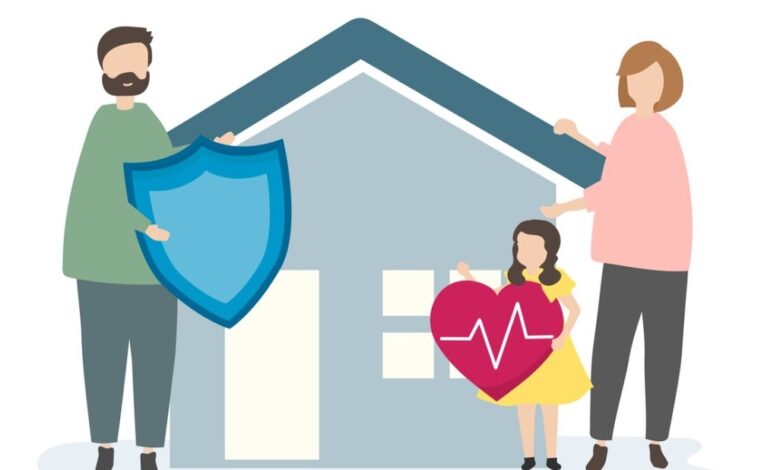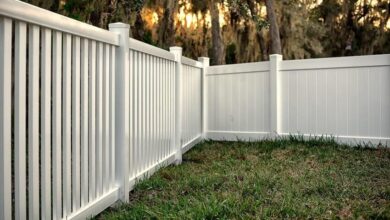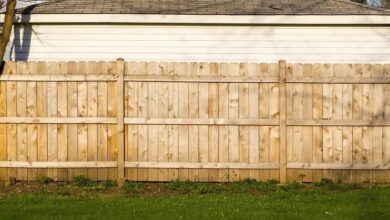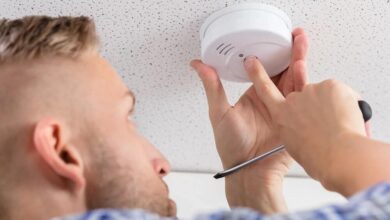Who Is Responsible for Your Safety at Home?
Ensuring Health and Safety in the Home: Whose Responsibility?

Your home should be a safe haven, but unfortunately hazards exist that can compromise safety. From slips and falls to intruders, dangers abound even in the comfort of your residence. So who bears responsibility for minimizing accidents and protecting wellbeing in the home environment? The answer involves shared obligations across various parties.
Personal Accountability Is Key
While others contribute, the primary duty lies with residents themselves. As adults, we must take sensible precautions and remain vigilant to potential hazards. Many mishaps occur because individuals overlook risks or fail to take action within their control.
Being proactive involves steps like:
- Maintaining clear walking paths by removing clutter that poses trip risks
- Using non-slip mats and grab bars in showers to prevent slips and falls
- Storing chemicals and medicines safely out of reach of children
- Testing smoke alarms regularly and creating emergency plans
Making judicious choices also means refraining from unsafe behaviors that endanger yourself and others in the home. This includes things like disabling safety devices, ignoring warning signs, refusing to wear seatbelts, etc.
As long as you are able-bodied and of sound mind, you have a duty to exercise reasonable prudence in your conduct and living environment. Failing to take basic precautions could leave you morally and possibly legally culpable if misfortune occurs.
Parents/Guardians Must Protect Dependents
If children or impaired adults reside in your home, additional obligations arise. Parents or guardians must take steps to minimize risks and shield those under their supervision from preventable injury. Required measures include:
- Childproofing areas by locking cabinets, covering outlets, installing safety gates etc.
- Ensuring adequate supervision based on ages and abilities
- Teaching kids about hazards and how to avoid them
- Modeling cautious behaviors like using pedestrian crosswalks
Caregivers who knowingly allow children into hazardous settings or fail to warn/restrain them from obvious dangers may potentially face charges like neglect or endangerment. The same goes for those responsible for vulnerable adults. Acting to reduce risks and actively shield dependents from harm demonstrates prudent guardianship.
Property Owners Must Address Premises Liability
For rented homes and apartments, landlords bear legal responsibility under premises liability laws. Owners must maintain safe conditions for tenants and visitors. This includes:
- Ensuring steps and walkways are free of debris, ice, etc.
- Having railings installed wherever elevated surfaces pose fall risks
- Fixing faulty electrical issues, leaks, broken glass, and other defects
- Providing adequate lighting in common areas like lobbies, garages, etc.
If injuries occur due to negligently maintained features, the property owner may face liability. The same applies to businesses that fail to protect patrons from foreseeable dangers on their premises.
While landlords and owners can’t prevent every mishap, upholding standards for safety demonstrates good stewardship and responsible community membership.
Employers Must Maintain Secure Worksites
At work, occupational safety laws require companies to furnish safe conditions that minimize employee accidents and health hazards. Duties encompass:
- Performing site inspections to identify problems like frayed electrical cords or slippery surfaces
- Providing safety equipment like harnesses, gloves, goggles etc. as warranted
- Ensuring equipment operates properly and receives routine maintenance
- Marking hazards clearly and implementing appropriate safeguards
Employers who fail to eliminate known risks or provide appropriate protections like warnings, barriers or training could face sizable OSHA fines and lawsuits if injuries occur.
Fostering a culture of safety protects both workers and the company’s bottom line. Employees have a right to expect diligent efforts toward their well-being while on the job.
Individuals Must Prepare for Emergencies
Even with the best precautions, crises can still arise suddenly. Residents have a responsibility to equip themselves to handle catastrophes through:
- Having emergency contacts clearly posted
- Maintaining first aid kits/fire extinguishers
- Creating and practicing evacuation plans
- Learning skills like CPR, the Heimlich maneuver, wound dressing, etc.
- Monitoring weather alerts and responding promptly to storm warnings
Adequate readiness makes surviving and recovering from disasters much more likely. Waiting passively for emergency crews leaves you vulnerable.
Children Must Learn Safety Rules
Kids and teens can also contribute to safety. Children should:
- Ask permission before going places or with others
- Let caregivers know if they notice something unsafe
- Follow rules about staying within sight/hearing
- Avoid playing with hazards like matches, heights, or weapons
- Never open the home to strangers when alone
- Know their address and emergency contacts
The more kids understand about potential hazards and how to react appropriately, the better they can help safeguard themselves – and assist others as well.
Communities Can Unite Around Safety
While individuals bear primary responsibility, neighbors and the wider community can promote security by:
- Checking on vulnerable residents during weather events or crises
- Volunteering with programs like neighborhood watch to deter crime
- Attending community safety meetings to identify local hazards
- Pressing landlords and agencies to address risks when noticed
- Learning emergency response skills to assist others in need
Safety is a collective concern. Through cooperation and caring, communities become more resilient and responsive when challenges arise.
New Technology Can Enhance Precautions
Advancements in technology also empower homeowners to prevent threats. Systems like:
- Smart doorbell cameras – allow remote viewing of visitors to screen for intruders
- Motion sensor lights – automatically deter prowlers and light paths
- Monitored alarm systems – alert security firms and police of break-ins
- Internet-connected smoke/CO detectors – send real-time warnings to phones
- GPS child trackers – follow a child’s location to prevent wandering
Upgrading to cutting-edge safety systems represents a prudent investment for protecting what matters most.
Conclusion: Shared Obligations for a Secure Home
Maintaining a safe home requires overlapping efforts:
- Residents must secure hazards and prepare prudently for emergencies
- Parents and guardians need to actively safeguard minors and dependents from harm
- Property owners must provide well-maintained, risk-free premises
- Employers are obligated to eliminate jobsite dangers
- Neighbors should look out for each other during crises
- Children must learn safety rules and how to respond to threats
- New technology can bolster precautions and preparedness
While no singular approach guarantees perfect protection, fulfilling our respective duties significantly reduces preventable tragedies. Let’s work together to make sure everyone feels secure when home is where they lay their head.



